Over the years we have had so many hot water bottles perish at the seams, that we finally gave up on them altogether and decided to design our own. This is a home-made, organic alternative, based on our
Cochin Chinese bantam Snowy.
If you've been heaving straw bales about or cutting wood or maybe you just want to take the chill off the bed linen, this is for you. It also makes a great gift, Summer or Winter as it can be used as an ice pack too!
The heat/cold pad moulds to the body to
relieve aches and pains from sports, dance and general injuries. Keep one in your First Aid Kit.
I've put a link at the bottom of the page to the U.K. Organic Fabric Supplier from whom I bought the cotton percale I used -- if you know of any others please let me know too! You will need enough fabric to cut out four thicknesses of your design. This will give you an outer, which can be embroidered to look like a chicken and an inner which will hold the grain. It's well worth paying the extra for organic fabric as 25% of the World's pesticides are used in its manufacture, so you are doing both yourself and the Planet a favour!
Design
I designed and made this from what I had
available -- a remnant of organic percale, left over from a sheet and
the certified organic chicken grain I feed to our poultry. You can use all kinds of
different sorts of grain or fruit stones.
If you look at Snowy she is a natural model. I just asked her to hold the pose and well... yeah... Out of shot is one of the first items you are going need, a piece of fruit or similar treat that your hen will stay focussed on long enough for you to get the right rounded pose.
Once you have your shot you can then display it on and trace it from the computer screen.
Once you have your shot you can then display it on and trace it from the computer screen.
 |
| Me & My Shadows |
This tracing is then cut out to create the final paper pattern I used my trusty school compasses to obtain the dimensions I wanted and enlarged the head on the screen so it fitted my new body size and traced it so that everything matched up.

..and this is why Cochins make such great heat pads, they are naturally round, snuggly and adorable!

..and this is why Cochins make such great heat pads, they are naturally round, snuggly and adorable!
...even when they grow up!
Construction
Place your paper pattern on your double-thickness, right-sides-together fabric, pin and cut. I kept my pattern pinned to the fabric whilst I sewed as it makes a good sewing guide, although I had actually basted (tacked) the fabric together around the outline. Remember to leave enough of the base open both to fill with wheat and also to allow ease of embroidering the features
Trim around the design to make less bulk when turning the fabric. Snip in towards the stitches where there are curves or indents, again to ease the fabric but also to reveal these features when the fabric is turned inside out.
To make the lining - Fold in the wattles and comb on your pattern and then repeat the process above to make the inner for the pad.
To make the lining - Fold in the wattles and comb on your pattern and then repeat the process above to make the inner for the pad.
I used a mixture of heavy-duty embroidery wool for the hackles and tail and finer embroidery silks/floss for the comb and wattles. I also had some wonderful old cotton which I used to make the irises and the beak.

To be sure the features are in the correct position I found that using my embroidery needle to prick out the position of the eyes onto the fabric, I could then follow these guides when embroidering.

I used a variety of stitches, including chain and satin but essentially I think anything goes with this design. The main thing is to have fun!
When placing the lining inside your outer, you may find as I did that a chop stick comes in handy to make sure the lining goes right up into the beak.
 For this bantam-sized heat pad you will need 1¾lbs or 800g of organic grain. Prior to being placed inside the Chicken pad, this needs to be heated for 15 minutes at a temperature of 300°F or 150°C.
For this bantam-sized heat pad you will need 1¾lbs or 800g of organic grain. Prior to being placed inside the Chicken pad, this needs to be heated for 15 minutes at a temperature of 300°F or 150°C.
Leave to cool.
Fill your hen with grain!
Sew up the base.
There are many sites on the internet telling how to microwave and heat wheat warmers in a conventional oven. As I have no experience of these it is better to consult them.
U.K. FABRIC LINK Greenfibres, Totnes, Devon http://www.greenfibres.com - they also sell an organic undyed unbleached flannel, which would do really well for this project.
Until next time then, all the very best from Normandie,
Sue
© 2019 Sue Cross
These fluffy bundles, which I have been raising
for ten years have a unique and fascinatingly terrible history,
involving bloody wars, tea, silver and above all opium. A four part
article on the chicken version of Tulip Mania and my own Cochin..read more

To be sure the features are in the correct position I found that using my embroidery needle to prick out the position of the eyes onto the fabric, I could then follow these guides when embroidering.

I used a variety of stitches, including chain and satin but essentially I think anything goes with this design. The main thing is to have fun!
When placing the lining inside your outer, you may find as I did that a chop stick comes in handy to make sure the lining goes right up into the beak.
Preparing the Grain and Filling
 For this bantam-sized heat pad you will need 1¾lbs or 800g of organic grain. Prior to being placed inside the Chicken pad, this needs to be heated for 15 minutes at a temperature of 300°F or 150°C.
For this bantam-sized heat pad you will need 1¾lbs or 800g of organic grain. Prior to being placed inside the Chicken pad, this needs to be heated for 15 minutes at a temperature of 300°F or 150°C.Leave to cool.
Fill your hen with grain!
Sew up the base.
How I heat/cool the warmer
- in our woodburner at 150 deg C (approx 300F) for 15 minutes. I turn it several times and I cover it with baking paper to prevent any possible damage to embroidery.
- I also found that placing it in a Pyrex bowl on the top of our wood stove in the sitting room works perfectly well too. Again I need to keep turning it to get an even heat.
- To use as a cold pad, freeze the Snowy warmer in a plastic bag for 3 hours to make a soothing treatment for sprains and bruises.
There are many sites on the internet telling how to microwave and heat wheat warmers in a conventional oven. As I have no experience of these it is better to consult them.
U.K. FABRIC LINK Greenfibres, Totnes, Devon http://www.greenfibres.com - they also sell an organic undyed unbleached flannel, which would do really well for this project.
If you have enjoyed this article and found it interesting and useful, please do share it
on social media and/or wherever and do feel free to comment or make
observations on here or on YouTube, I very much appreciate them.
Until next time then, all the very best from Normandie,
Sue
© 2019 Sue Cross
RELATED ARTICLES
 The Cochin Craze 1 - A Story of Addiction
The Cochin Craze 1 - A Story of Addiction
These fluffy bundles, which I have been raising
for ten years have a unique and fascinatingly terrible history,
involving bloody wars, tea, silver and above all opium. A four part
article on the chicken version of Tulip Mania and my own Cochin..read more
 The Cochin Craze 2. From Craze to Mania
The Cochin Craze 2. From Craze to Mania
'The
introduction of these fowls...was a memorable event in the history of
poultry; since they undoubtedly awakened a startling "mania" which was,
calmly considered, one of the most curious phenomena of the nineteenth
century'...read more
The Cochin Craze 3. Choosing Cochins for Your Garden
The Cochin like all ancient breeds are excellent foragers and quickly
become a vital part of any garden, keeping down weeds and pests. And as
not all of the Cochin Craze story was 'spin'..read more
Cochin Craze 4 - Incredible Cochin Mothers & Family Bonds
Cappuccino was with her quail for over 3 months, which gave her so much
time with them and for them in turn to appreciate what it was to...read more

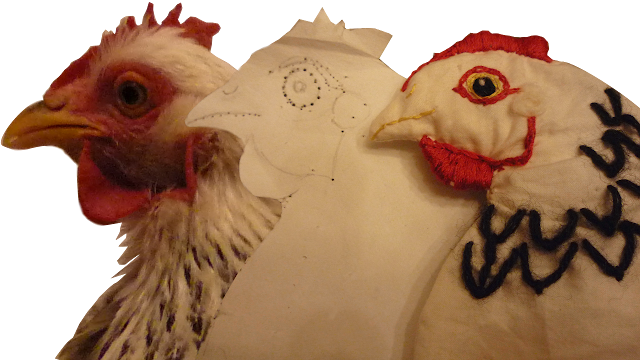
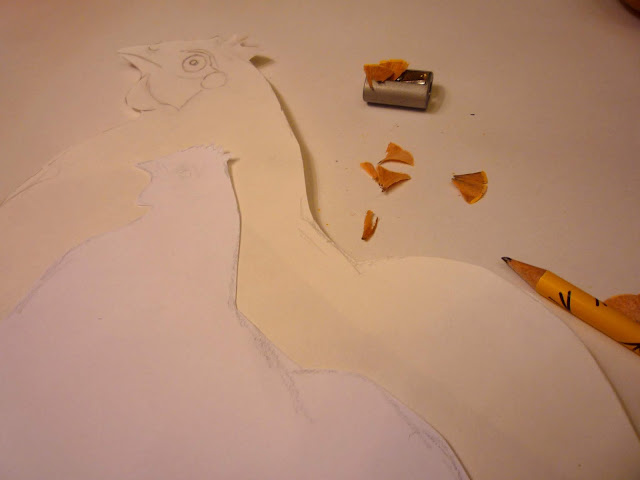
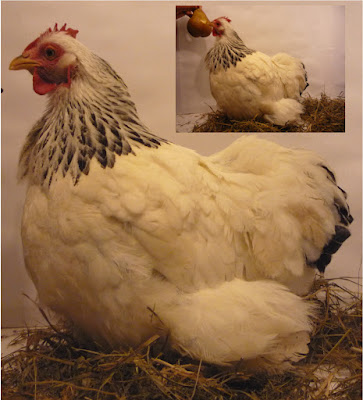



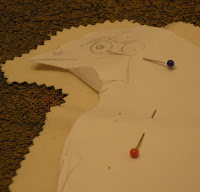
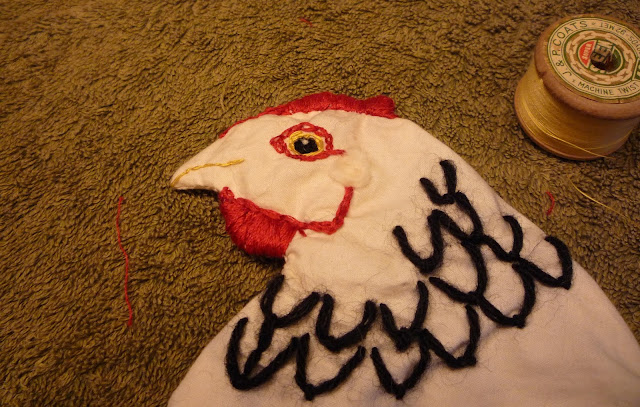





No comments:
Post a Comment